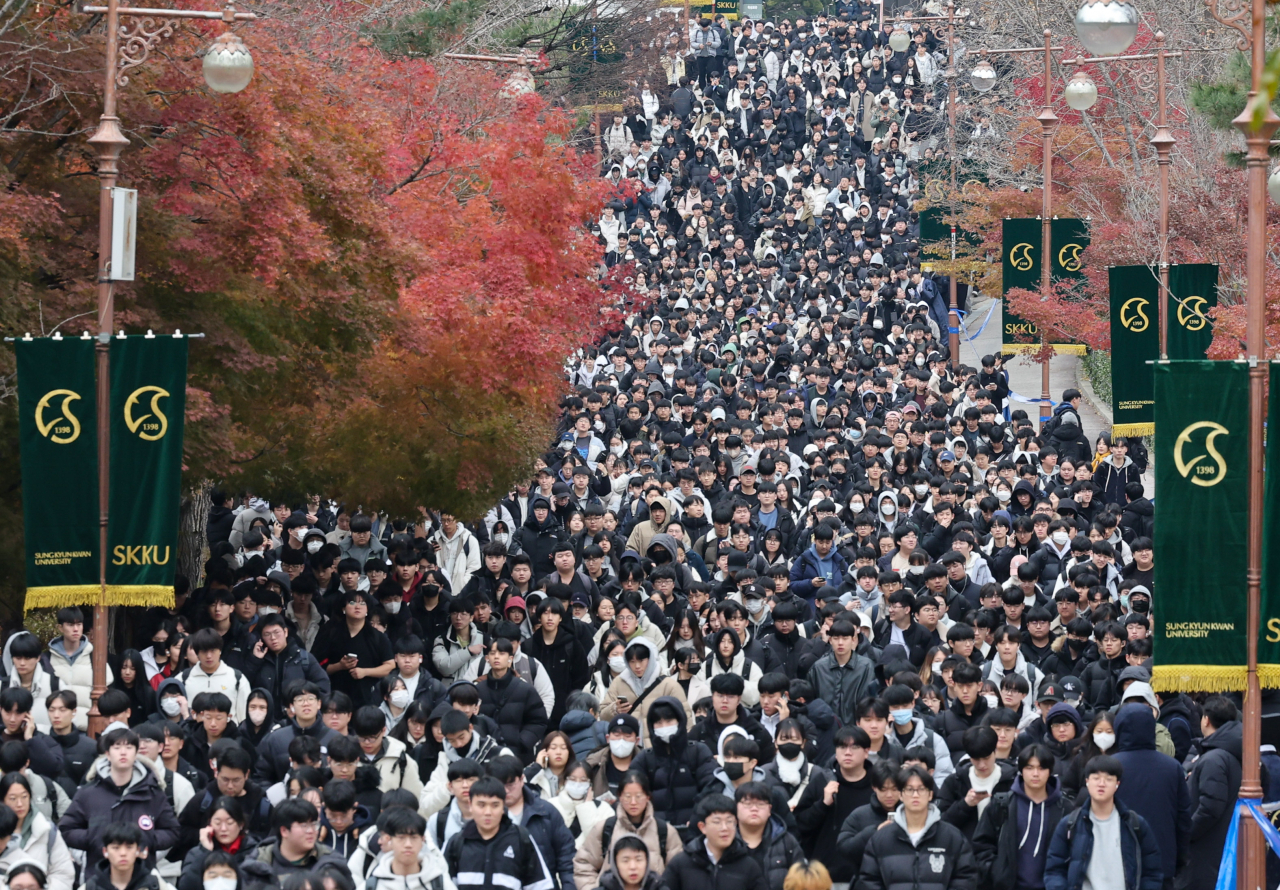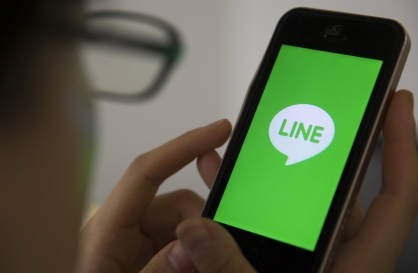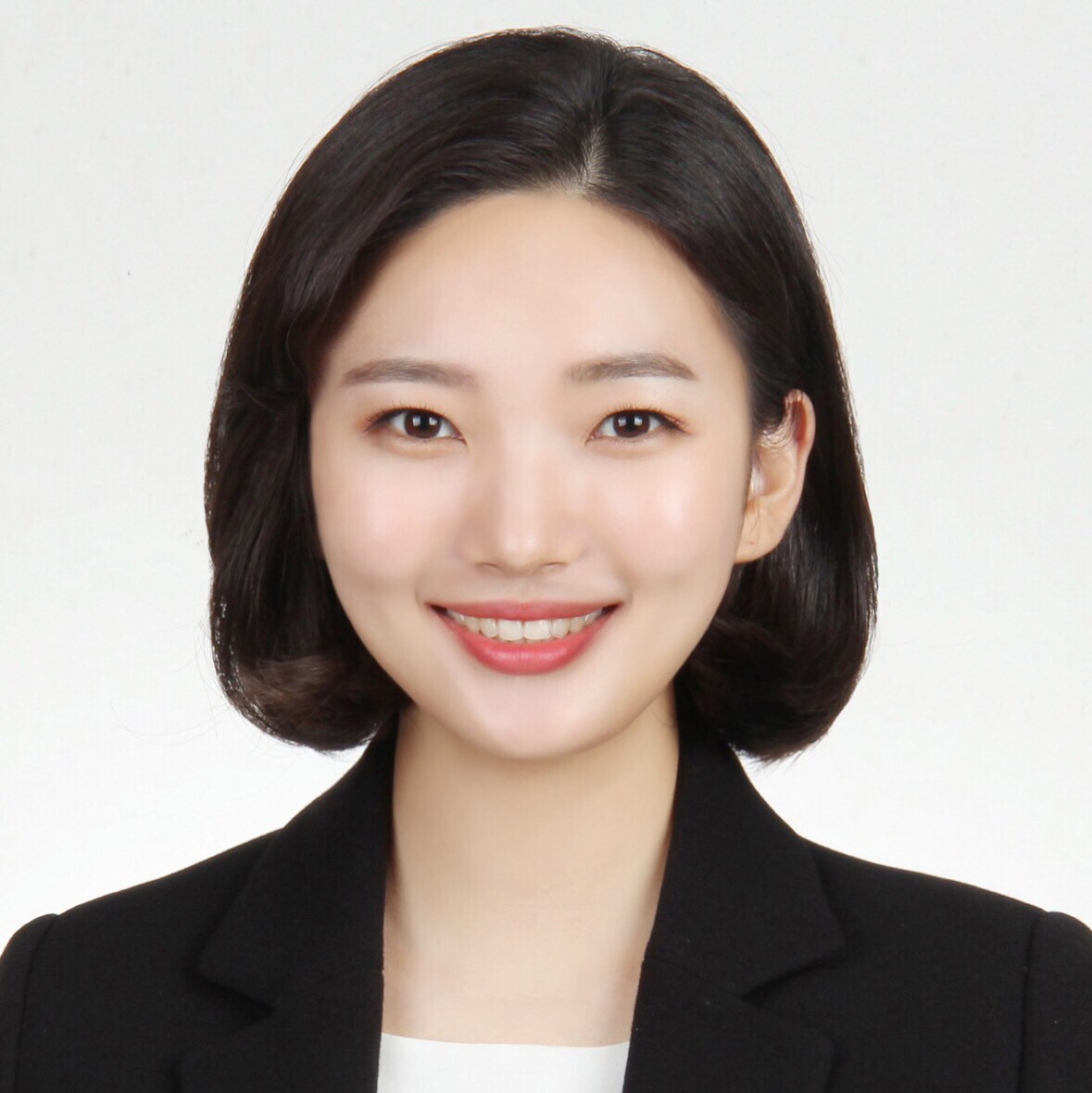[Campus Now] Seoul vs. the rest: University pyramid crumbling at the bottom
Long-standing prejudice against provincial colleges threatens their existence - and the local economies that surround them
By Choi Jeong-yoonPublished : Jan. 22, 2024 - 17:39

“I would rather give up another year of my youth studying and trying again if I don’t make it ‘in-Seoul.'”
Kim Tae-yoo, is set to graduate high school in just a month, but he says he would rather endure another year of studying if he is not accepted to a Seoul university.
Koreans divide the country's 335 colleges in two: those "in-Seoul," and the rest.
“Going to university outside of Seoul has never been an option. Even if the schools in other provinces offer full-time scholarships, I would not enroll there. I never considered graduating from a school in other provinces or living there,” Kim said.
'In-Seoul' or nothing
Even before graduation, students flocked to private cram schools that help students prepare to retake the Suenung, the national exam that plays a key role in university admissions.
As a student at a prestigious private high school in Seoul, Kim said half of his classmates were preparing to study another year to improve their Suneung score, rather than accepting a place at a lower-ranked college.
Education Ministry data shows an average of 20 percent of high school graduates opt to study for at least another year. At major schools in Gangnam, an area famous for its focus on education, the proportion rose to 47.7 percent.
But that extra year of study will not be easy. Kim will have to wake up at 6 a.m. for a two-hour trip to a cram school in Gangnam to study for 14 hours a day. For this, he will have to put up over 3 million won ($2,300) a month. But he believes that this “year of sacrifice" would be worth it.
This Seoul-or-nothing attitude means universities outside the capital struggle to fill their classes.
Suneung test takers can apply to up to three universities. This means schools with an acceptance rate higher than 33 percent can be seen as failing to attract enough students.
Of the 188 four-year universities in the country, 59 fell short of that mark for the 2024 academic year. Of them, 55 were outside of Seoul, according to Jongro Academy’s analysis.

Endless stigma
Universities in the provinces are dubbed “jibangdae,” a term that carries a social stigma as well as a lack of prestige which makes it harder to land a job.
A 22-year-old who wished to be identified as Choi recalled a blunt conversation with her high school alumna who worried she would be stuck with the jibangdae tag for the rest of her life.
“I was really offended but to be honest, I couldn’t say anything as I thought what she said was partly true. At the time, I felt inferior rather than sadness or genuine anger," she said.
The name of Choi's university might suggest there was not a problem. Korea University, along with Yonsei University and Seoul National University, forms the "SKY" trio of elite colleges here.
The problem is that Choi attends the university's branch in Sejong, an administrative city about 120 kilometers south of Seoul. The campus there has a separate admissions system, with much lower entry requirements, meaning it is seen as an entirely different university, with nothing like the prestige afforded to its Seoul sibling.
“What school did you go to?” is something many Koreans ask when meeting each other. It's one of several indicators used to define or evaluate someone during an initial encounter.
Choi said that when she took a part-time job at KFC, her manager asked her what school she attended. The manager, who mistakenly thought she attended Korea University in Seoul, started to call her smart.
“Whenever I performed well, even in simple cleaning, he praised me saying it was all because I was smart and went to a fine school. Seeing everything being concluded to the name of the university, I realized how the name of the school can be a lifelong label," she said.
Kwak Young-shin, a researcher at Semyung Graduate School of Journalism, who has studied the prejudice against students from provincial colleges, said that the university someone goes to is seen as a fast and simple way of defining who a person is.
“Having a degree from a prominent university is considered a direct signal that the person is adequate for a certain level of ability and diligence in Korea," Kwak said.
He gave Koreans' recent obsession with MBTI as an example of their tendency to want to categorize and identify someone quickly.
As universities are ranked using Suneung test scores, which they see as a comparatively objective barometer, people form a set image around an individual depending on the name of a school, he said.
Koreans usually acquire this label before they turn 20, but it remains with them throughout their lives: in academia, during job searches, at the workplace, and one's social life.
It even affects dating and marriage, such as arranging blind dates, a common way for Koreans to meet potential partners. When giving details on what kind of aspects she looks into people, a 27-year-old surnamed Lee, who wanted to remain anonymous, said what school the date has gone to was an important condition for her.
"I always ask for the name of the school before going on a blind date. 'In-Seoul' or prestigious universities are a sign that someone has excelled as a student during their upbringing. It's like a certificate that indicates this person has spent their childhood well."
Meritocracy
If the jibangdae tag wasn't stigma enough, colleges and universities in the more rural areas are denigrated further as “jijapdae,” or “trivial provincial universities” in direct translation.
Starting out as an online neologism in the early 2000s, the derogatory term is further expanded to expressions such as “sewer,” “trash,” and “where the losers go.”
“It’s unbelievable how people describe provincial universities online. It turns people from so-called ‘jibangdae’ into second-class citizens, exacerbating the social pyramid,” Kwak explained.
Many experts believe that the prevailing mindset in Korea involves channeling social and economic resources into a select few judged likely to succeed.
For most Koreans, there is only one way to become one of this elite group -- getting into a good university.
“During the rapid industrialization, concentrating support to only the few but success-guaranteed minorities prevailed and that mindset has not changed since then, even after the country succeeded in modernization,” Kwak said.
While other regions also attracted investment, the power and the decision-making -- and the opportunities they bring -- were concentrated in Seoul. This only entrenched the status of Korea's oldest and most prestigious universities, which were already in the capital.
But in many countries with strong education sectors, the location of a university is less important. According to a list of the top 50 schools in the US ranked by US News, a recognized school ranking organization, 17 are in the Northeast, 15 are in the South, nine are in the Midwest and another nine are in the West.
In the UK, which is similarly dominated economically by a large capital city, the top two universities, Oxford and Cambridge, are both located in small provincial cities. Most other high-ranking universities are also located outside London.
"There is no concept of 'Ivy league' in Canada, but there are three top schools in Canada, with the University of Toronto and McGill University in the east and British Columbia University in the west. But they are not ranked first, second or third, nor are they considered as 'jibangdae' in Korea," said Shin Hyun-jung, assistant professor at the University of Saskatchewan.
Jibangdae shutting down
Korea's declining population has led to a situation where there are fewer students of university age. With their disadvantage compared to Seoul colleges, provincial universities face the prospect of extinction.
Yang Jung-ho, an education professor at Sungkyunkwan University claims that with the current birth rate and the same student quotas, 60 percent of provincial universities will cease to exist by 2040.
“Universities' chances of survival by the year 2046 are less than 20 percent in South Jeolla Province and Ulsan. Schools in South Gyeongsang Province have a 21.7 percent possibility of surviving, North Jeolla Province 30 percent, and Busan 30.4 percent,” said Yang.
Meanwhile, universities in Seoul, Sejong and Incheon were forecast to have a more than 70 percent chance of survival.
Experts warn that university closures have knock-on effects. The resulting loss of young people in the area can create a vicious circle, as demand for services and housing declines.
To some extent, this would simply be a worsening of a wider trend. The pull of Seoul is already drawing young people out of the provinces, leaving rural areas without the people necessary to sustain or develop the economy in the region.
To boost demand for places at non-Seoul universities, experts say the inequalities in the job market need to be tackled.
“In Korea there are distinctive gaps between permanent and temporary employees, those with high-level expertise and ordinary office workers, white-collar and blue-collar jobs, big conglomerates and small firms, and contractors and affiliated subcontractors," Kwak said.
"Unless the wage gap and the social hierarchy are addressed, the discrimination against ‘jibangdae’ will never be eradicated, as the ranking system exists in society after campus life.”
Youn So-young, the Director of the Regional Human Capital Policy Division at the Ministry of Education suggested “continuity” as a solution.
“There has to be a reason for young people to stay in the region after graduating from universities in the provinces. We have to come up with an ‘all-package’ deal that makes an individual want to get employed, settle down, get married and have children in the same region after graduation,” Youn told The Korea Herald.
To tackle the social phenomenon of students shunning provincial universities, the government is eyeing hundreds of billions of won in extra funding to help those universities attract more students.
In effect this would hope to create more regional universities like the KAIST and UNIST, which have high international rankings and attract top students, avoiding the "jibangdae" tag despite being located in Daejeon and Ulsan, respectively.
Regional Innovation System and Education is a strategic initiative designed to decentralize the education system while having local authorities come up with job opportunities. Rather than a top-down solution orchestrated by the Education Ministry, the plan aims to get local authorities to catalyze innovation at universities and colleges within their jurisdictions.
Under the initiative, the Glocal University Project will select regional universities to receive 100 billion won ($76 million) each over five years. Six universities and four coalitions were selected last year

“The Education Ministry has limitations in understanding the needs and the resources of every region. Though it may take time, for universities in the provinces to survive, the provinces themselves have to survive first. Local authorities should find answers to attracting young people, closely working with universities and partnering with local businesses to create sustainability," Youn explained.
Working with nearby cities, the university plans to open an industry cluster that fits the resources and needs of companies in the region. For instance, North Jeolla Province aims to focus on secondary battery and semiconductor companies, while Sunchon National University will have smart farming, animation and new materials as its main offerings, allocating 75 percent of its student quota to those fields.
The Education Ministry will select 10 more schools this year, with five in 2025 and 2026 respectively, selecting 30 universities in total for the Glocal University project.
The Korea Herald is delving into the latest trends, transformative educational systems, and the campus cultures at South Korean universities, as they impact society in Korea and beyond. This is the first article in the series. -- Ed.









![[Weekender] How DDP emerged as an icon of Seoul](http://res.heraldm.com/phpwas/restmb_idxmake.php?idx=644&simg=/content/image/2024/04/25/20240425050915_0.jpg&u=)

![[Today’s K-pop] NewJeans' single teasers release amid intrigue](http://res.heraldm.com/phpwas/restmb_idxmake.php?idx=644&simg=/content/image/2024/04/26/20240426050575_0.jpg&u=)






![[Herald Interview] Mistakes turn into blessings in street performance, director says](http://res.heraldm.com/phpwas/restmb_idxmake.php?idx=652&simg=/content/image/2024/04/28/20240428050150_0.jpg&u=)
